
Vulvodynia
The symptoms of vulvodynia may include itching, burning, soreness, sharp, or throbbing pain. Most commonly, the sensation is that of a burning pain, and some women even described the sensation as if there was acid spilt on the skin.
The physical and emotional impact of vulvodynia on a woman who is suffering from it can be significant. Sometimes it interferes with activities like sexual intercourse, exercise, work, social life.
Types of vulvodynia
There are two main types of vulvodynia. Generalized vulvodynia affects different parts of vulva at different times. Pain may be constant or it can only occur sometimes. Pressure may or may not trigger the pain in this type of vulvodynia.
Vestibular vulvodynia, on the other hand, is mostly localized and affects the vestibule, which is the entrance of the vagina. The pain is usually prompted or worsened by pressure or touch, for example during intercourse.
Causes of vulvodynia
For most forms of this condition, the doctors do not know the cause. They are investigating the possibility that vulvodynia may be caused by nerve injury, irritation, genetic factors due to which the vulva does not respond adequately to chronic inflammation. Hypersensitivity to fungal infections, allergies, hormonal changes may be the cause, as well as muscle spasms.
Other options include history of sexual abuse and frequent use of antibiotics.
Treatment for vulvodynia
There is no one treatment that works equally well for all women. In most cases a woman needs to try out different options and choose one that gives best results.
Medication is one way to deal with vulvodynia. It can include local anesthetics, topical estrogen formulations, antidepressants, anticonvulsants, interferon injections and nerve blocks.
Physical therapy which aims to strengthen the pelvis muscles and this reduce spasms is also an option.
Biofeedback, in which a woman learns how to relax consciously her vaginal muscles has proven to be effective for some women.
In some cases, surgery to remove a piece of tissue may be an option.
As for the at-home treatment for relieving the pain, it can help to take warm baths or salt baths, or to apply either ice packs or heating pads, especially after intercourse.


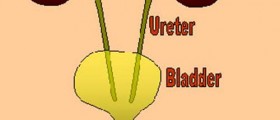

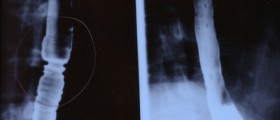
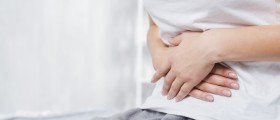



-Causes,-Symptoms,-Diagnosis,-Treatment_f_280x120.jpg)
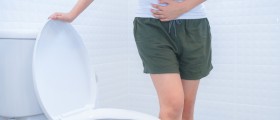
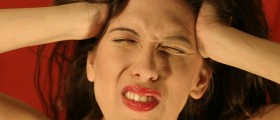


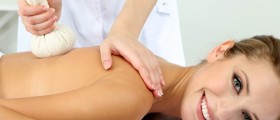
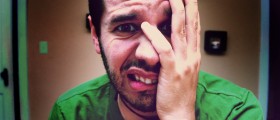
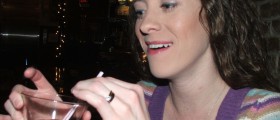
Your thoughts on this
Loading...